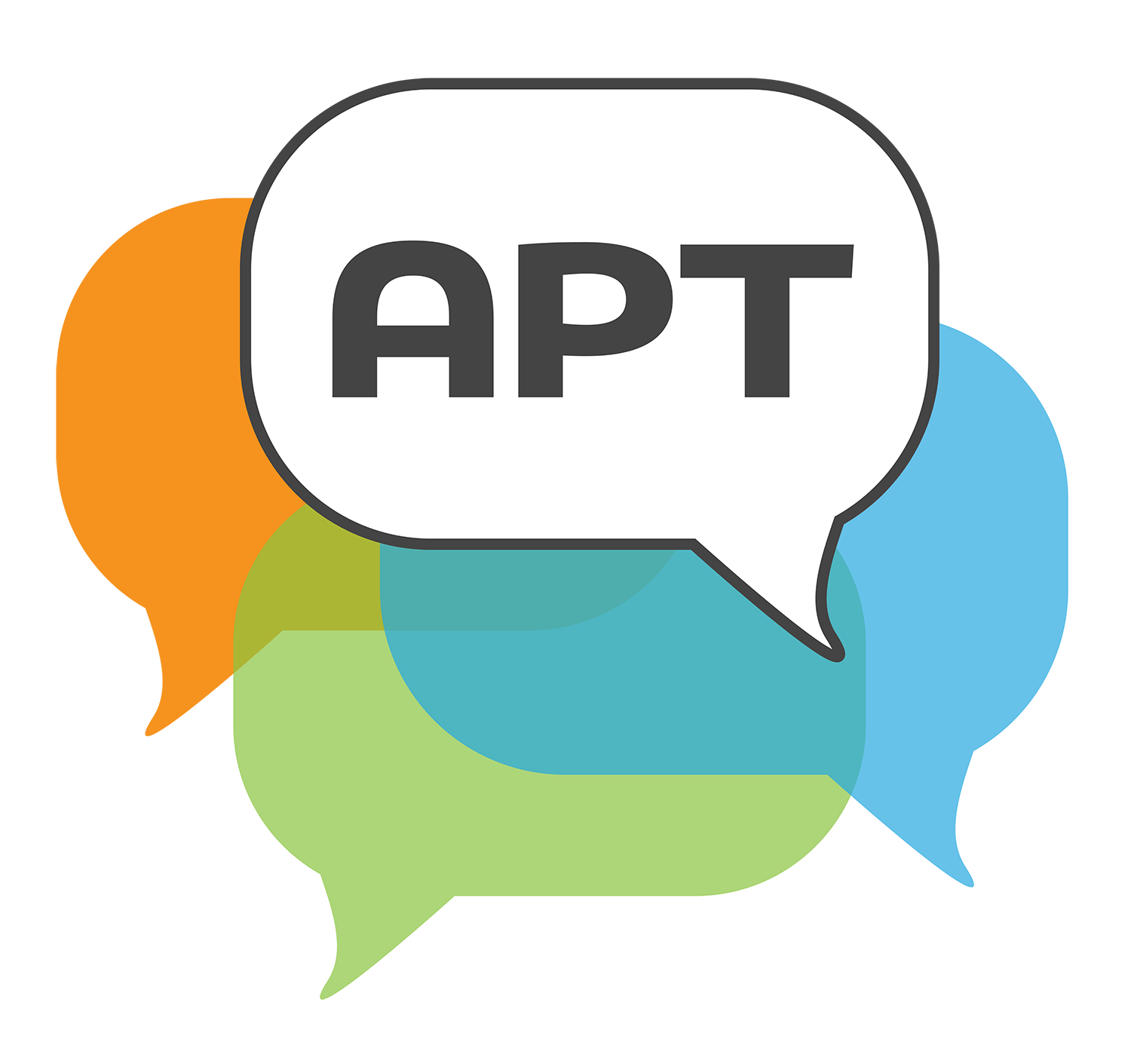Building a Venn Diagram to Compare Characters
Language Arts • Grade 1
Selected segments with commentary below » Full video viewable here.
In this segment, the teacher introduces the Venn Diagram activity the class will be doing. She leads students through one example—a helpful move for preparing students to work independently of the teacher in their small groups. To do this, she asks a series of closed questions (i.e., questions that have a single right answer). The students then begin working in groups on the diagram. In the brief time we listen in on a student group, we can see how they are supporting each other’s learning—from clarifying the comparison (rickshaw and school bus, not school and bus stop), to helping with spelling.
The teacher brings the class back together to share the ideas they generated in groups. She calls on students one by one to share.
The teacher praises students for using the text to fill out the Venn Diagram, and emphasizes that pictures in the book are part of the text. This kind of specific praise, according to research, is far better than praising students for being “smart.” The teacher then poses an open question (i.e., a question in which there may be some disagreement): Why do you think the author wrote this book? The teacher repeats the question three times to make sure all students heard the question. At 9:54, the teacher uses the “Could you add to that?” move, which has the potential to get students to engage with each other’s ideas, though in this case the student makes an unrelated point. At 10:48, the teacher asks George if he could repeat what Ishal said. Teachers can use this “repeat” move to get students to more deeply understand a key idea that was articulated by one student. When George could not repeat what Ishal said, the teacher called on another student. An additional move that can be used in this situation is to ask the speaker, in this case Ishal, to repeat what she said so that George can then successfully restate her point.
The teacher’s last question was: “Do you think this helped you by reading this book? Do you think this helped you think more about being friends with other people?”


